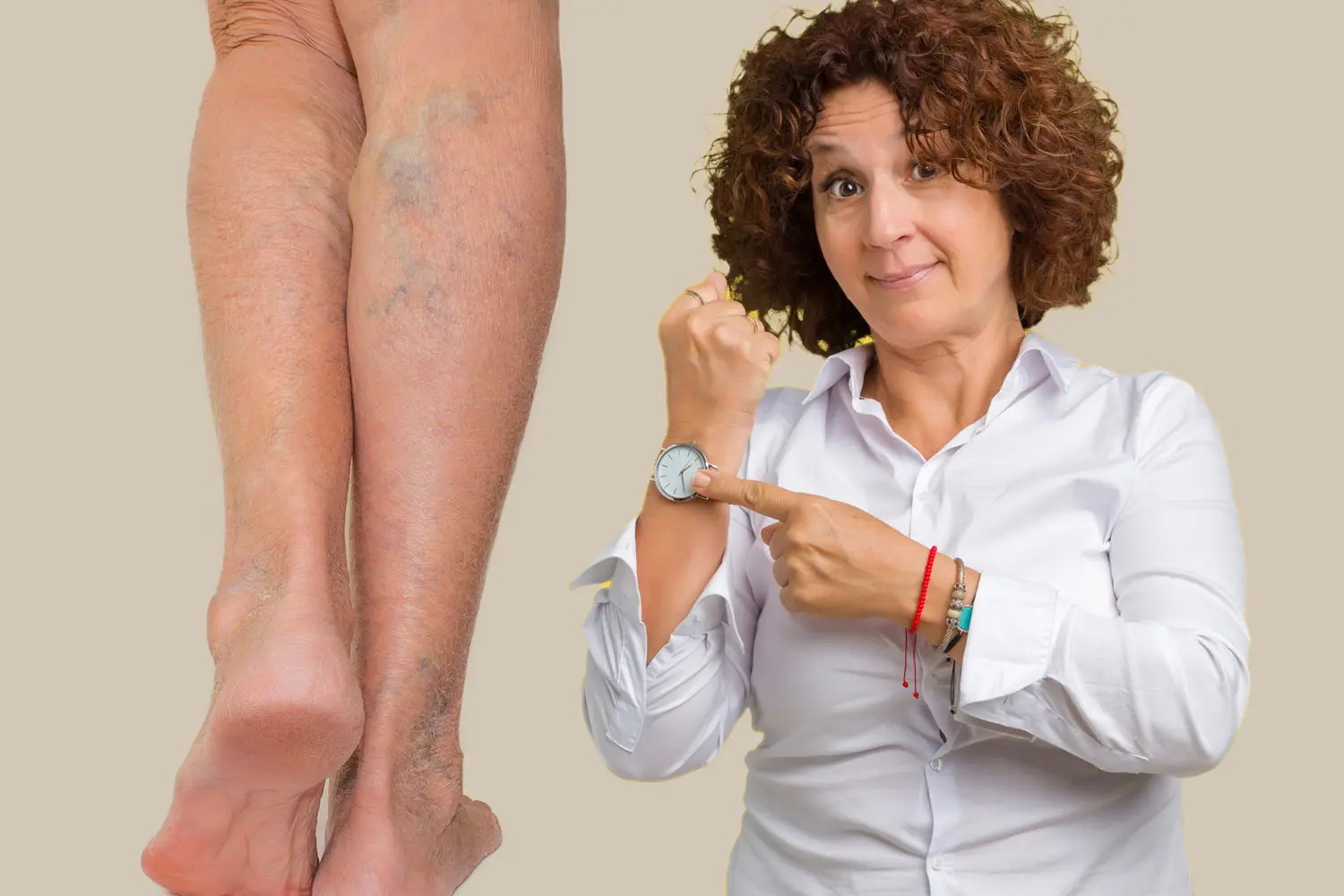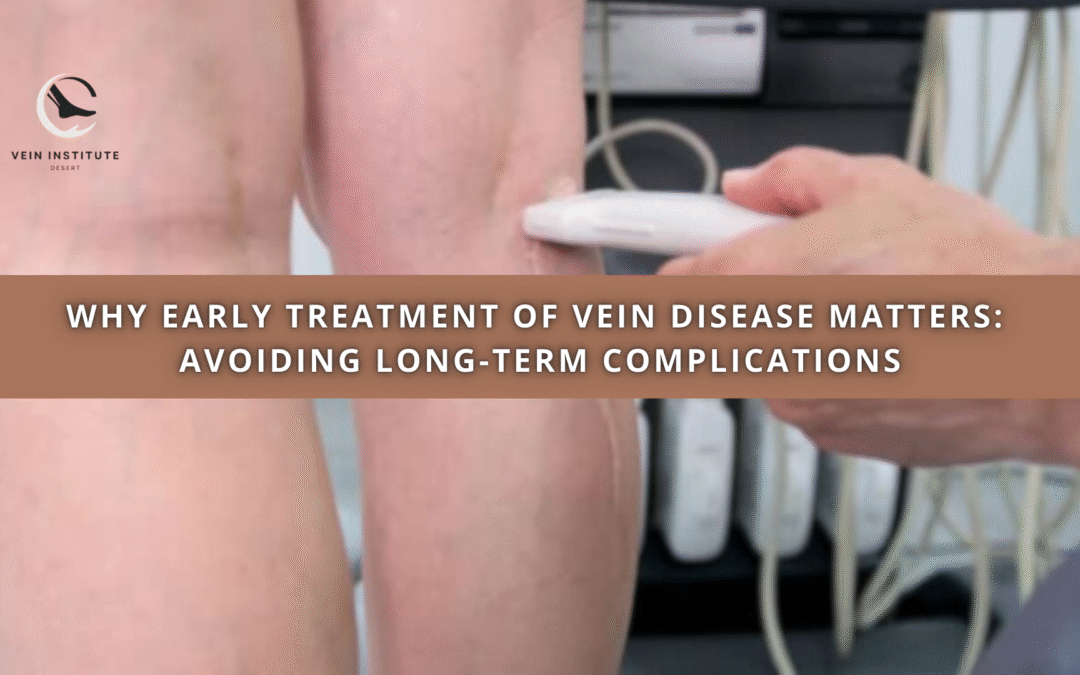Why Treating Vein Disease Early Matters 🩺

Alt Text: Importance of early vein disease treatment.
Vein disease is more than just a cosmetic concern. When left untreated, it can lead to severe complications such as ulcers, thrombosis, and deep vein thrombosis (DVT). Early intervention through vein disease treatment can make all the difference, preventing long-term issues and improving the quality of life. The sooner you address vein disease, the less likely it will escalate into more serious health conditions.
Recognizing the Signs: When to See a Vein Specialist 👨⚕️

Alt Text: Key signs that indicate it’s time to consult a vein specialist.
Knowing when to seek medical help is crucial. Many people ignore the early signs of vein disease, thinking that varicose veins or leg swelling are just cosmetic issues. However, untreated vein problems can progressively worsen, leading to more complex complications like varicose vein treatment challenges or even blood clots. So, when should you see a vein specialist?
Signs like persistent leg pain, swelling, skin changes, and visible varicose veins are signals that you should consult a specialist. If you experience these symptoms, it’s essential to act quickly. Early diagnosis and vein disease care can halt the progression before it causes irreversible damage.
The Risks of Delayed Treatment 🕒
Ignoring vein disease symptoms can lead to several complications. Over time, untreated vein problems can result in poor circulation, skin ulcers, and even deep vein thrombosis (DVT), which is a life-threatening condition.
A common issue that arises when treatment is delayed is the formation of varicose veins. These veins not only cause discomfort but can also lead to chronic pain, swelling, and even bleeding. Delaying varicose vein treatment can make the condition worse and require more invasive procedures later on.
Importance of Early Diagnosis and Intervention 💡
By addressing vein disease early, patients can avoid the need for more invasive treatments. The Vein Institute of The Desert emphasizes the role of early diagnosis in preventing serious health problems. With early intervention, most vein diseases can be treated with non-invasive methods such as compression therapy, lifestyle changes, or minimally invasive procedures like sclerotherapy or laser treatments.
This approach not only prevents complications but also improves recovery time and results. As vein experts often recommend, the sooner you seek treatment, the better the outcome.
How The Vein Institute of The Desert Helps with Early Treatment 🌟
At The Vein Institute of The Desert, a comprehensive evaluation of vein health is conducted to detect issues early. The team of vein specialists utilizes state-of-the-art diagnostic tools to identify and treat vein problems before they escalate. From customized treatment plans to minimally invasive options, the institute provides the latest in vein disease management.
By offering treatments like swollen vein therapy, sclerotherapy, and endovenous laser therapy, they ensure that patients experience minimal discomfort while preventing long-term complications.
Early Action Prevents Severe Complications ⚡
Taking action early can prevent the development of severe complications. The longer vein disease remains untreated, the higher the risk of issues like ulcers, skin discoloration, and clot formation. Early treatment reduces these risks and promotes healthier veins, allowing for a more comfortable and active lifestyle.
If you notice any signs of vein disease, don’t hesitate to seek professional help. Vein specialists recommend early intervention as the best method to ensure long-term vein health and overall wellness.
Andy Sharify
Position
